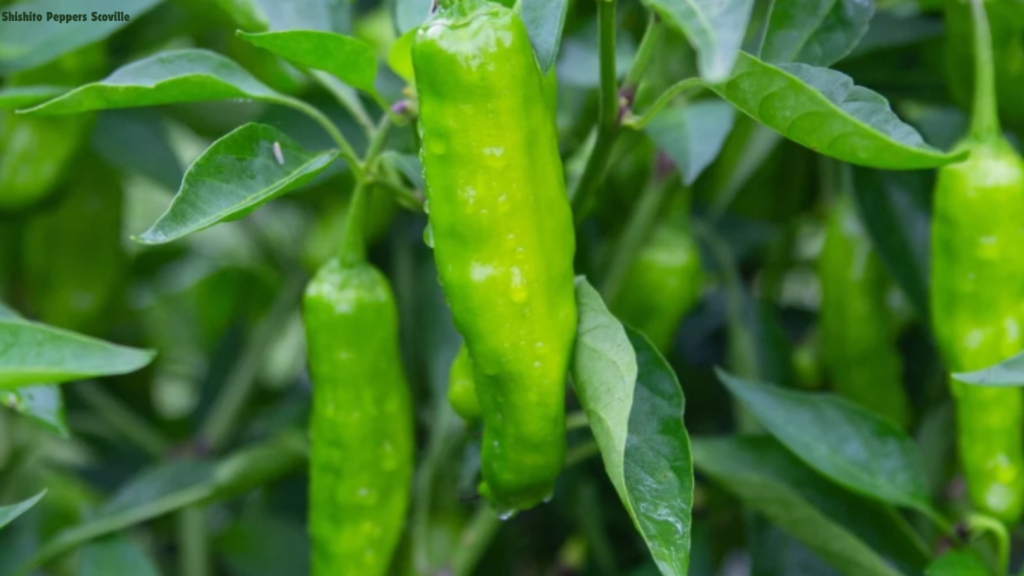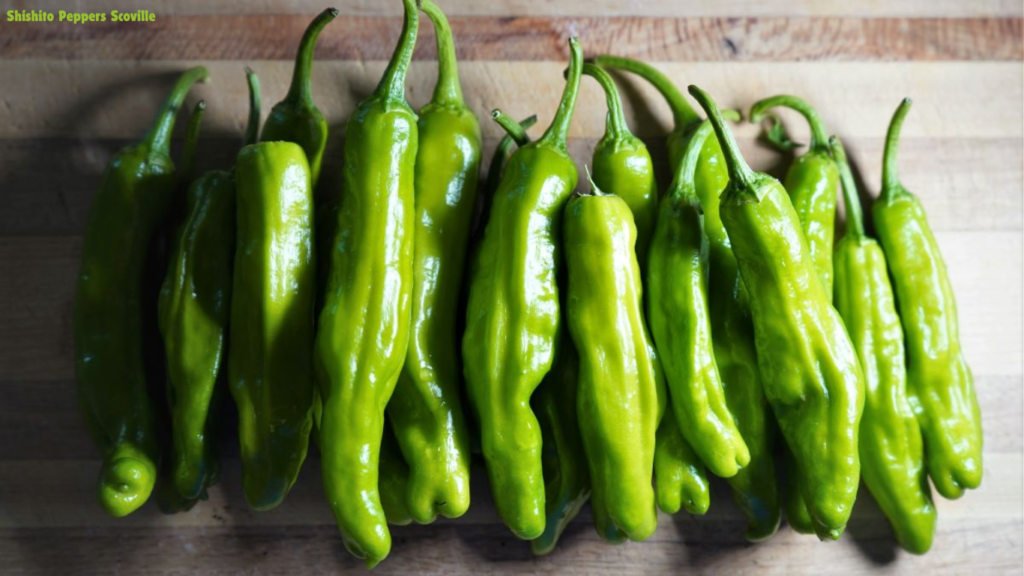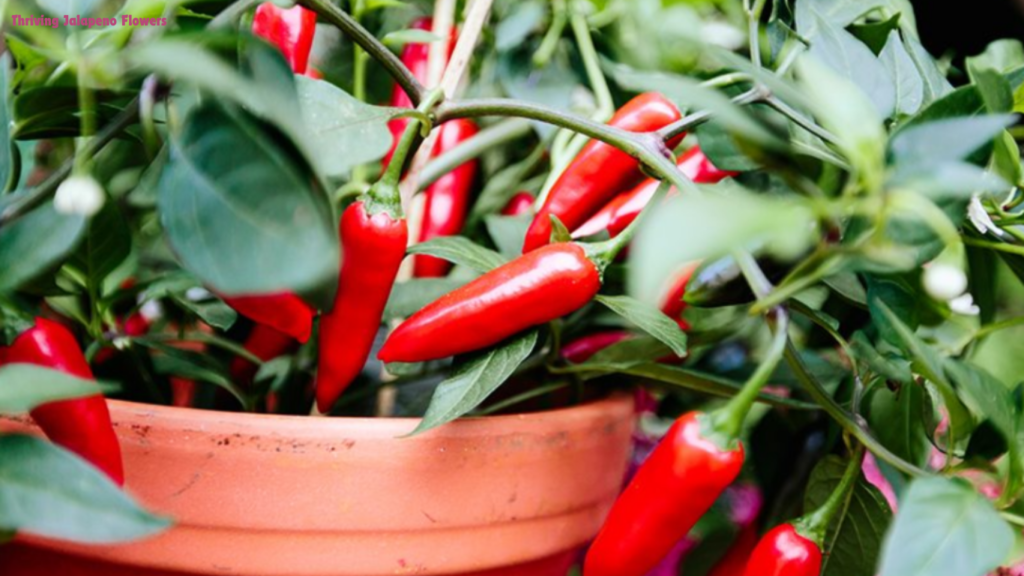Shishito Peppers Scoville Scale and Flavor Insights
Shishito Peppers Scoville are small, and green peppers are starting from East Asia, particularly Japan. They are famous for their gentle intensity and special, somewhat sweet flavor. These peppers are ordinarily around 3-5 inches long and have a creased appearance.
Shishito Peppers Scoville are not only a joy to the taste buds but also a clowning shock. Around one in every ten peppers can pack a bit more intensity, adding a component of enthusiasm to any dish.
The name “shishito” arrives from the Japanese words “shishi” (lion) and “togarashi” (bean stew pepper), alluding to their lion-like crumpled appearance.
These peppers are, in many cases, utilized in Japanese food and have, as of late, achieved all-presence around the world, mainly in specialist cooking.
Origin and History
Shishito Peppers Scoville have a rich history that has been established in Japanese culinary customs. They have been produced in Japan for a long time and are a pin in multiple customary dishes.
The peppers were utilized in tempura, a famous Japanese dish where vegetables and fish are gently hammered and seared.

Over the long haul, their flexibility and gentle flavor have made them a most loved fix in Japanese formulae. Shishito Peppers Scoville have recently acquired global notoriety, mainly in the US. They are generally found in herders’ business sectors, supermarkets, and on the nation’s cafe menus.
This developing fame can be credited to their one-of-a-kind flavor, clarity of gameness, and the pattern of combining more worldwide and different fixings into present-day food.
Understanding the Shishito Peppers Scoville Scale
What is the Scoville Scale?: The Scoville scale estimates the hotness or power of stew peppers and other spirited food sources. It is named after its maker, American drug expert Wilbur Scoville, who promoted the scale in 1912.
The scale assesses the intensity level of pepper by evaluating the centralization of capsaicin, the synthetic compound liable for the zesty feeling.
Capsaicin gives peppers their intensity. The higher the junction of capsaicin, the more close the pepper. The Scoville scale is calculated in Shishito Peppers Scoville Intensity Units (SHU), which show how much capsaicin is present.
A higher SHU means a more sultry pepper. The scale goes from 0 SHU, showing no intensity, to more than 2,000,000 SHU for the most burning peppers like the Carolina Collector.
How is the Scoville Heat Unit (SHU) Measured?
The Scoville Heat Unit (SHU) was originally selected using a sensory test. Wilbur Shishito Peppers Scoville created the Scoville Organoleptic Test, where a solution of the pepper section was cut in sugar water.
Prepared testers would taste the solution and report the level of heat. The dilution required to detect the heat no longer confined the SHU rating.
Today, more specific methods like High-Performance Liquid Chromatography (HPLC) are used to measure the capsaicin content directly. HPLC accurately measures capsaicinoids, the active components in chili peppers.
This method quantifies the exact amount of capsaicin, providing a more dedicated SHU rating. Despite the progress, the Scoville scale remains a popular way to describe and approximate the heat levels of different peppers.
Shishito Peppers Scoville on the Scoville Scale
Average Scoville Rating: Shishito Peppers Scoville are known for their mild heat, typically 50 to 200 SHU. This places them at the very low end of the Scoville scale, making them one of the milder peppers open.
Most Shishito Peppers Scoville are quite mild, but about one in ten can have a dramatic kick, adding a fun element of unpredictability to dishes. Their mildness and few trap heat make them popular in various culinary applications.

Comparison with Other Peppers: Compared to other peppers, Shishito Peppers Scoville are very mild. For example, bell peppers have a Scoville rating of 0 SHU, while jalapeño peppers range from 2,500 to 8,000 SHU, and habanero peppers can reach up to 350,000 SHU.
This makes Shishito Peppers Scoville an perfect choice for those who prefer a mild heat without overwhelming spiciness. They are often used as a stepping stone for those new to tangy foods, offering a delicious venture without extreme heat.
Growing Shishito Peppers Scoville
Ideal Growing Conditions: Shishito Peppers Scoville succeed in warm, sunny environments. They prefer well-drained soil with a pH level between 6.0 and 6.8. Full sunlight for at least 6-8 hours a day is critical for their optimal growth.
Shishito Peppers Scoville are universal and can be grown in garden beds or containers, provided they receive good light and warmth. Providing the right conditions will lead to a healthy and effective pepper plant.
Planting and Care Tips: To start growing Shishito Peppers Scoville, begin by planting seeds indoors about 8-10 weeks before the last expected frost. Use seed trays or small pots filled with seed-starting mix.
Once the seedlings develop a few true leaves and the risk of frost has given, transplant them outdoors, spacing them about 18-24 inches apart.
Regular watering is crucial, but avoid overwatering as it can lead to root rot. Using a level fertilizer every few weeks can encourage healthy growth and improve fruit production.
Harvesting Shishito Peppers Scoville
When to Gather: Shishito Peppers Scoville are ordinarily prepared for reap around 60-75 days in the wake of planting. They ought to associate with 3-5 inches long, bright green, and rather crumpled.
The best chance to reap is the point at which they are as yet green, despite the fact that they can alike be left to develop to a red tone for a rather better character. Regular group urges the plant to deliver more peppers all through the developing season.
Education to Reap Properly: To conclude Shishito Peppers Scoville, utilize sharp scissors or pruning shears to cut the pepper from the plant, leaving a little part of the stem attached.
This technique diminishes the chance of harming the plant and advances proceeded with creation. Be light to try not to break the branches, as Shishito Peppers Scoville plants can be fairly delicate. Fair group methods ensure a sound plant and a great reap.
Cooking with Shishito Peppers Scoville
Popular Recipes: Shishito Peppers Scoville are extremely universal and can be used in a variety of dishes. One of the most popular ways to qualify them is by blistering. Simply heat a pan with a bit of oil, add the peppers, and cook until they are charred and blistered on all sides.
Sprinkle with sea salt and serve as a delicious appetizer. Another popular recipe is to grill them, adding a smoky flavor that completes their mild heat. They can also be stuffed, added to salads, or used in stir-fries.

Tips for Cooking Shishito Peppers: When cooking shishito peppers, it’s best to use high heat to achieve a nice blister without overcooking. Tossing them in olive oil and a pinch of salt before cooking improves their natural flavors.
For an extra kick, consider adding a dash of soy sauce or a reduction of lemon juice after cooking. Their mild heat pairs well with a variety of herbs and sauces, making them a universal component in many dishes.
Health Benefits of Shishito Peppers Scoville
Nourishing Data: Shishito Peppers Scoville are delicious as well as packed with accessories. They are low in calories, making them an great nibble choice.
A serving of shishito peppers gives a lot of nutrients An and C, which are essential for keeping up with solid skin, vision, and immune power. They likewise contain little quantities of fiber, folate, and potassium, adding to generally speaking wellbeing.
Advantages of Drinking Shishito Peppers: Regular utilization of Shishito Peppers Scoville can offer a few medical advantages. The nutrients and cell support found in these peppers assist with keeping the immune framework, further develop skin wellbeing, and reduce anger.
Their fiber content guides in assimilation and advances stomach wellbeing. Also, the capsaicin in shishito peppers, even in limited amounts, can assist with helping digestion and backing weight reduction works.
Shishito Peppers Scoville in Cuisine
Customary Purposes: In Japanese food, Shishito Peppers Scoville normally utilized in tempura, a dish where vegetables and fish are softly battered and burned.
They are likewise happy in barbecued or sautéed with a dash of soy sauce for a basic yet delicious dish. Their gentle power and somewhat sweet flavor make them a loose fixing in different traditional Japanese formulae.
Present day Culinary Patterns: Lately, Shishito Peppers Scoville have become famous in present day cooking past Japanese dishes. Cooks overall are combining them into inventive recipes, from bites to introductory courses.
Their capacity to add an unobtrusive intensity and unique flavor makes them a among culinary fans hoping to try different things with new fixings and flavors.
Where to Buy Shishito Peppers Scoville
Community Needs: Shishito Peppers Scoville can frequently be found at area herders’ business sectors during the standard developing season, ordinarily from pre-summer to fall early.
These business sectors offer new, personally developed produce, including thing things like shishito peppers. Shopping at ranchers’ business sectors supports nearby herders as well as contracts you are getting great, new peppers for your culinary expressions.
Online Stores: For comfort, Shishito Peppers Scoville are likewise available from different web-based retailers represent significant authority in new produce and specialist fixings.
Sites like thing food stores or natural staple lift benefits often bring shishito peppers, allowing you to arrange them and have them brought straightforwardly to your doorstep.
This choice is great for the individuals who might not approach area ranchers’ business sectors or favor the accommodation of web based shopping.
Storing Shishito Peppers: Best Practices for Capacity To keep shishito peppers new, store them in a punctured plastic pack or a holder with ventilation openings in the cooler. Appropriate wind stream forestalls water development, which can prompt form.
They ought to be put away messy and kept dry until prepared to utilize. Put away along these lines, shishito peppers can stay new for as long as seven days. Saving Shishito Peppers Freezing is an ideal strategy to keep up with shishito peppers for sometime later.
Wash and dry the peppers completely, then, at that point, put them in a solitary layer on a baking sheet and freeze until strong. Move the frozen peppers to a cooler safe holder or pack, pulling however much air as could reasonably be expected prior to shutting.
Frozen shishito peppers can be utilized straightforwardly from the cooler in cooked dishes like pan-sears or barbecued formulae.
Common Pests and Diseases
How to Identify and Treat Them: Shishito peppers are generally immune to many pests and diseases, but they can still be affected under certain conditions. Common pests include aphids, spider mites, and whiteflies, which can invade the plants and damage foliage.
Regularly inspecting the underside of leaves and the stems can help identify early signs of infestation. To treat these pests organically, use insecticidal soap or neem oil spray, which are effective in controlling aphids and mites without harming healthy insects.
Diseases such as fine mold and blossom end rot can also affect shishito pepper plants, particularly in humid or wet conditions. Powdery mildew appears as white, fine spots on leaves and stems, while blossom end rot causes dark, sunken spots on the bottoms of the fruit.
To prevent these diseases, ensure proper air circulation around plants by spacing them sufficiently and avoid aloft watering. Applying a fungicide marked for palatable crops can help manage fine mildew, while ensuring uniform watering techniques can prevent flower end rot.
Shishito Peppers Varieties: Various Sorts of Shishito Peppers While the standard green shishito pepper is the most well-known variety, there are a couple of varieties that you might go over.
A few assortments might have somewhat various shapes or sizes, yet they by and large keep up with the gentle flavor and badly crumpled appearance normal for shishito peppers.
These varieties can add variety to your culinary terms while as yet offering the charming gentle power that shishito peppers are known for.
Environmental Impact of Growing Shishito Peppers Scoville
Endurable Farming Practices: Growing Shishito Peppers Scoville can be done sustainably by using eco-friendly farming methods. Crop process is one useful method, helping keep soil health and prevent pest buildup.
Also, using organic fertilizers and compost enhances soil fertility without damaging the environment.
Executing drip irrigation systems saves water by giving it directly to the plant roots, reducing water wastage. These traditions ensure that shishito pepper farming has a minimal environmental impression.
Benefits to Local Ecosystems: Nurturing Shishito Peppers Scoville can benefit local ecosystems. They can attract helpful insects like bees and ladybugs, which help with pollination and pest control.
Cultivating peppers organically and avoiding chemical pesticides preserves the biodiversity in the garden, supporting a more beneficial environment.
Home gardening of Shishito Peppers Scoville reduces the carbon print associated with hauling store-bought produce, donating to a more tolerable lifestyle.
Conclusion
Shishito Peppers Scoville, with their mild heat and universal flavor, have captured the hearts of food lovers worldwide. Their unique position on the Scoville scale makes them available to those who shy away from intense spiciness, while their rare kick adds an element of wonder to dishes.
Whether you are growing them in your garden, including them into classic or modern recipes, or enjoying their health benefits ,Shishito Peppers Scoville are a amusing addition to any culinary repertoire.
Assuming endurable farming techniques and studying new ways to use shishito peppers can enhance your cooking knowledge and donate to a more eco-friendly lifestyle.
FAQS
Why are shishito peppers so good?
Besides Vitamin C, shishito peppers have a high amount of Vitamin B6 and Vitamin E. These donate to enhancing the immune system as well as the body’s nervous system. Vitamin B6 and Vitamin E also prevent the cells and tissues from getting harmed. This keeps immunity levels up at all times.
Can you eat shishito peppers raw?
Shishito peppers can be eaten raw, although it’s more common to serve them charred or blistered. If eaten raw, they will have a little sweeter, fruiter taste.
Are shishito peppers inflammatory?
These small males are the Japanese cousin to Spain’s Padron peppers and are full of high anti-inflammatory effects.
Why are my shishito peppers not spicy?
Apparently, peppers with fewer seeds tend to be less spicy. This seemed to hold true: the students found that more seeds meant more spice and fewer seeds meant more change in the gene indication for spice.
Why are they called shishito peppers?
Shishito peppers are the East Asian variety of the cultivar and are named because the tips of the peppers resemble the head of a lion—shishi (or jishi) in Japanese.
